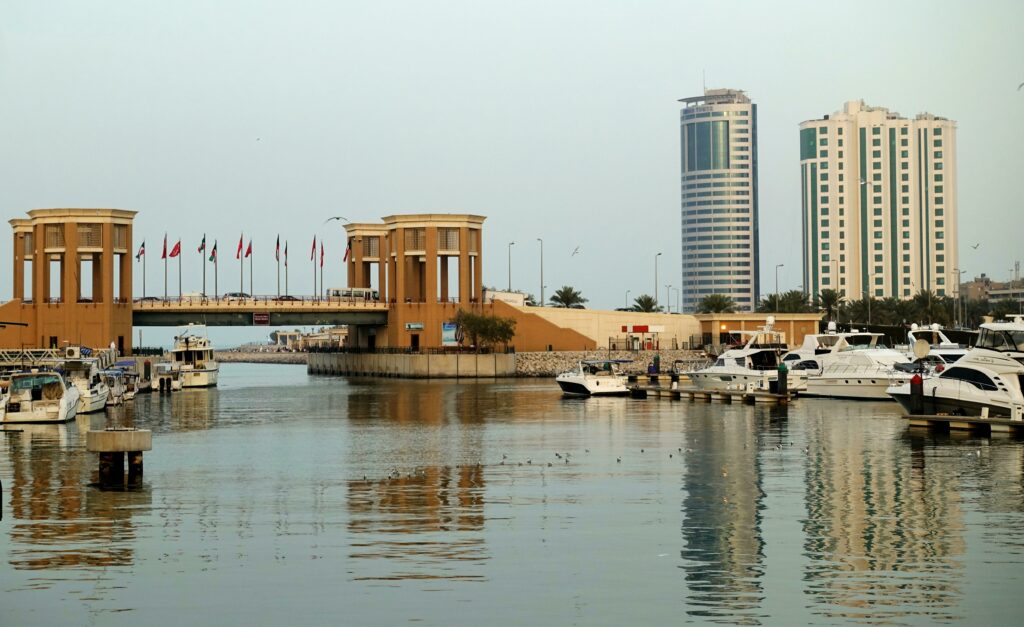![]()
Bahrain’s Development Index Bahrain, a small kingdom located in the Persian Gulf, has experienced rapid development in recent decades thanks to its economic prosperity and social reforms. The country’s Human Development Index (HDI) reflects this progress, although challenges remain. The HDI is a composite indicator that measures three key dimensions: life expectancy, education, and standard of living. Let’s take a closer look at the aspects of human development in Bahrain.
1. Bahrain’s HDI: “High” Human Development
Bahrain is categorized as a “high human development” country by the United Nations Development Programme (UNDP). Although it does not rank high in the global HDI rankings, it remains a significant player in the Gulf region in terms of human development. Its HDI is higher than that of many middle-income countries and reflects its efforts to promote health, education, and living standards.
2. Life expectancy
Life expectancy in Bahrain is relatively high, at around 80 years. The country has made significant strides in health care with modern medical infrastructure accessible to the majority of the population. Progress in the fight against infectious diseases and sanitation has helped improve this life expectancy.
However, public health issues, such as the rise in lifestyle diseases such as heart disease and diabetes, are beginning to pose challenges. Bahrain is investing in public health campaigns to address these issues.
3. Education
Education is an area where Bahrain has made significant progress. The country offers access to quality primary and secondary education, and there are also a growing number of opportunities in higher education, with several well-established higher education institutions.
The literacy rate is close to 100%, which is a sign of educational success. However, the education system faces challenges in matching the needs of the labor market, and continued reform is needed to improve the quality of higher education and promote skills that meet the demands of an increasingly diversified economy.
4. Income and quality of life
Bahrain’s gross national income per capita is relatively high, although lower than that of some other Gulf countries, such as Kuwait or Qatar. Bahrain has diversified its economy beyond the oil sector, with a strong presence in the financial and service sectors. The country is a regional banking center and a hub for foreign investment.
However, Bahrain’s dependence on oil and gas remains significant, although it has undertaken reforms to strengthen its non-oil sectors. The government is seeking to reduce this dependence through initiatives such as “Vision 2030”, which aims to diversify the economy.
5. Disparities and Challenges
Despite its achievements, Bahrain faces challenges that affect its HDI. For example, while the quality of life is high for citizens, there are disparities between nationals and foreign workers, who make up a large part of the workforce. The latter, often employed in low-paid sectors, do not always have access to the same opportunities in education and health care.
Bahrain also faces internal social and political tensions. While economic reforms have contributed to the country’s stability, concerns remain regarding political freedom, human rights, and the inclusion of all communities in decision-making processes.
6. Future Outlook
Bahrain intends to continue improving its HDI through a series of economic and social reforms. Vision 2030 focuses on economic diversification, modernizing infrastructure, and improving public services, particularly in education and health.
The government is also seeking to attract foreign investment and develop new sectors, such as tourism, to support long-term growth.
Conclusion
Bahrain enjoys a high HDI thanks to investments in education, health, and infrastructure, but it still faces challenges, including social inequality and dependence on the oil sector. Economic reforms and efforts to diversify the economy are expected to continue to play a central role in improving human development in the years to come.

